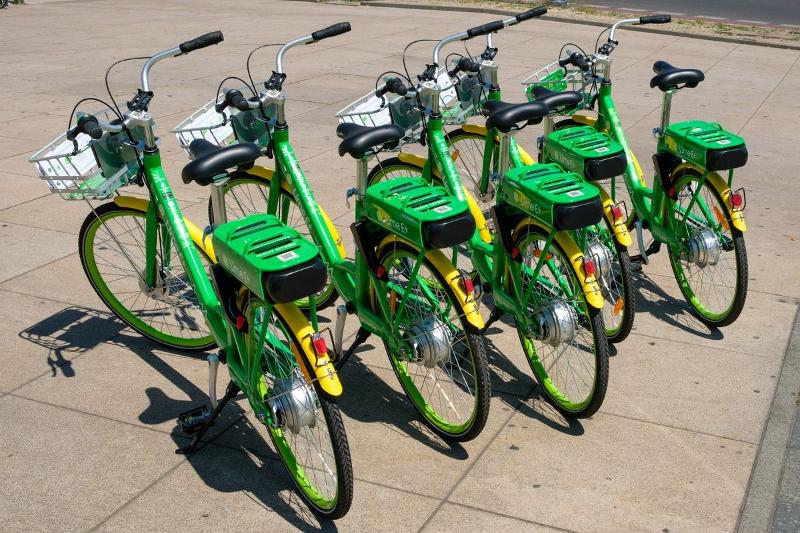F-Line to Dudley
Senior Member
- Joined
- Nov 2, 2010
- Messages
- 9,553
- Reaction score
- 10,430
Arguably, the sandhogs are so well-compensated because they have valuable skills that few other people have that are nesiscary for any major underground construction project in New York, and the market sets their rate of pay accordingly. If they were private, they might cost the city even more money.
Except there's mountains of evidence that the exact opposite is true...that they're locked into a vicious cycle of "hometown inflation" by the very fact that all institutions are catered around only them. Sort of as the naturally rancid de-evolution endpoint of everything in Robert Moses' walled garden once mutual corruption has looted the joint. And that the problem is way more widespread than uncompetitive bidding; projects are booby-trapped straight from top-most management to cater to only the way the sandhogs do business so there is no opportunity whatsoever for somebody on the outside to make any greater efficiencies out of the default specs they're handed. People try to look at it one-dimensionally like it's just a worst-case example of union graft, but that isn't even the half of it. The union AND the would-be/could-be union busters are rigging the same game, in NYC and Albany alike.
Alon Levy is required reading on this, because no one has done more thorough math on transpo construction cost comparisons worldwide. And lest anyone mistake him for a born U.S.-hater on this particular subject, he's way up front about the Chinese being full of shit writing checks they can't cash for their HSR manifest-destiny builds, parts of the EU zone (esp. Germany) starting to cough up their lead by de-emphasizing managerial expertise and embracing the same "MBA"-ism the U.S. is, Canada being an all-around dumpster fire, and also there being some good recent U.S. examples of cost control giving signs of hope.
He did go out of his way to praise the GLX cost audit and tossing of the corrupt initial contractors as an unequivocally positive step that needs to be more thoroughly emulated elsewhere (though he goes double-barrels at Baker/Pollack & the Pioneer-folk for brazenly sandbagging any studies they don't like). But nowhere in the world does the math comparison look as utterly terrible as NYC.
And the reason why it's so terrible for NYC is that you can't quantify a single thing about its "specialness" for construction that tracks with premiums for "specialness" of construction anywhere else in the world, including the only other cities on the planet that can compete with NYC on size/complexity and 'local' premiums. It's a rounding error big enough to quintuple-bore the world's largest TBM through. MTA Construction / PANYNJ and their numerous tendrils are literally bankrupting the city's transportation network on their orders-of-magnitude outsized corruption.
I don't know what the solution to that is. When management and all affiliated institutions including City Hall and the State Legislature are in it as deep as the sandhogs, "blow up MTA Construction" simply isn't enough to do it. The borg will immediately reassemble out whatever structure replaces it, because the graft starts out bigger than the institutions that presently house it. This endtrails has been cooking literally since the days of Moses, so nothing other than a sustained multi-decade assault on across-board corruption is going to rein it in. de Blasio and Cuomo sure as fuck aren't the reformers who are going to leverage their power to start a greater anti-corruption wave, so it's not clear there's a will to change. They may simply have to be shamed into it by other U.S. cities starting to run circles around them getting things built within-cost while their projects continue to flounder at the starting gates in overruns. Not exactly a pretty way to accomplish change, as NYC not getting shit built (Gateway!!!) can be counted in demerits against our economy here in Boston.
But we can do our part by taking out our trash in the form of more oversight like the GLX audit revelation, and stopping the string of self-owns with all this study estimate sandbagging our Gov. so loves. Just as L.A. can keep ramping up the pace opening 10 miles of new subway for every extra $1B that Second Ave. Subway Phase II adds to its paper estimates out of thin air. Sooner or later somebody in Manhattan and/or Albany has to get duly embarrassed by the fact that they're getting lapped in route miles completed by other U.S. cities far "inferior" to them.
Last edited:

